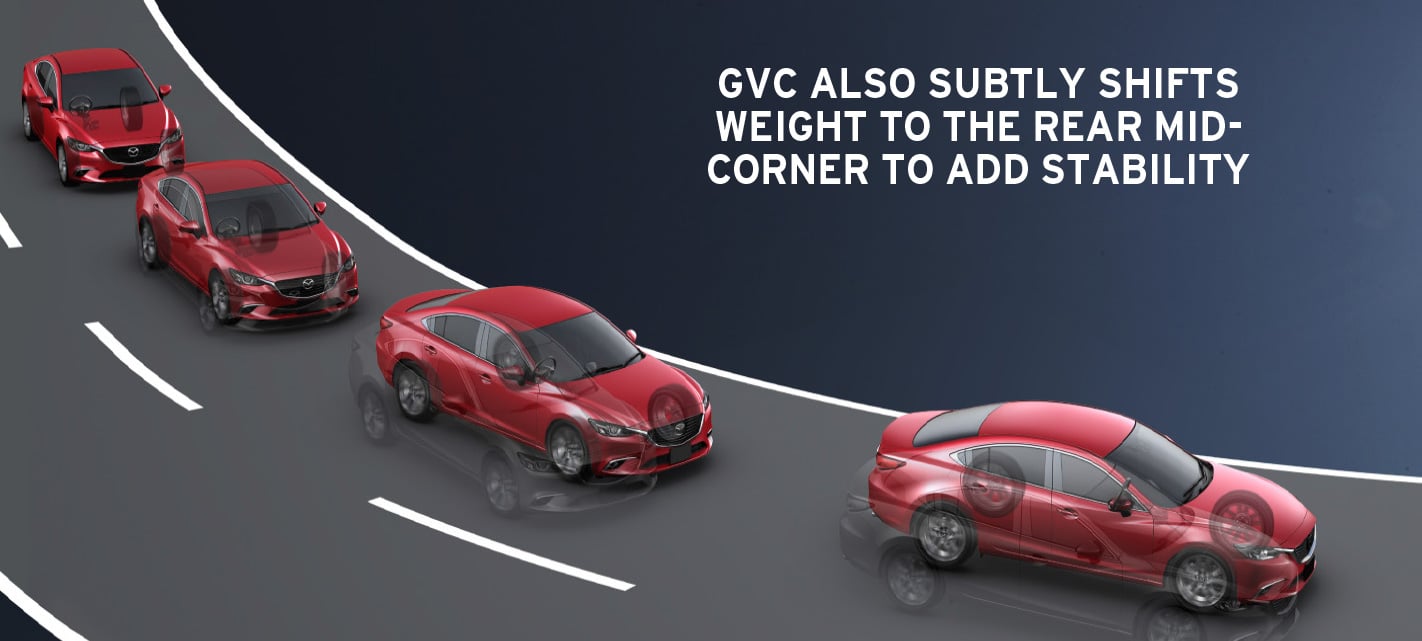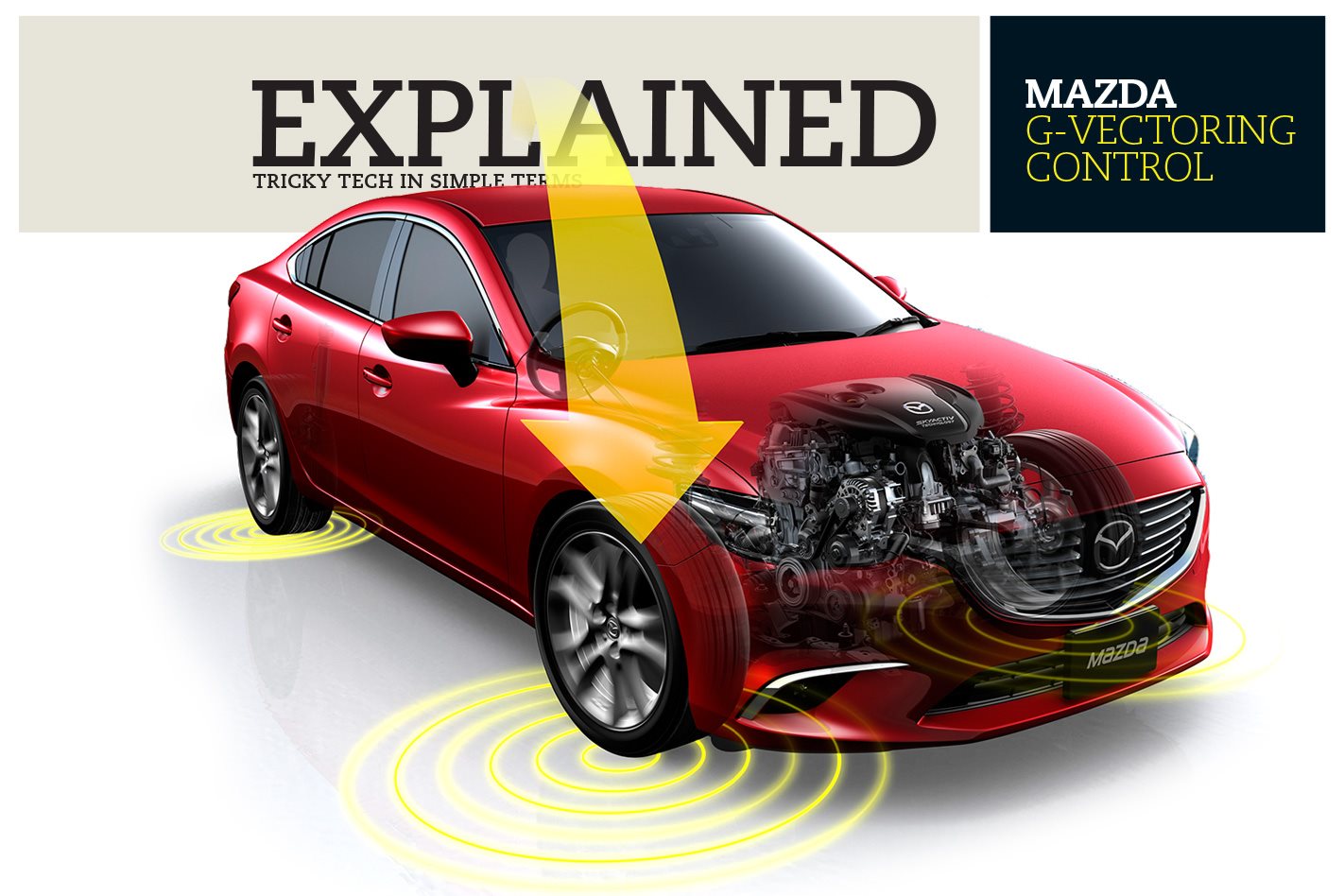Mazda’s unique G-Vectoring Control system was first had in the facelifted Mazda 3, and will soon find its way to all SkyActiv models.
While the idea was on the backburner for eight years until engine technology caught up, Wheels has delved into the tricky tech to bring to you, this plain and simple explanation.
WHAT IS IT?
Mazda’s interpretation of torque vectoring is a pure software-based function, albeit with very real physical effects, so given a box full of tools and a Mazda 3, you won’t find the G-Vectoring widget, no matter how many parts you remove.
GVC is an advanced program fed into the vehicle’s various electronic systems including engine management and ESC controllers.
Mazda’s approach does not rely on individual wheel braking to ‘vector’ torque, as do many other manufacturers’ systems, instead aiming for a more subtle and efficient method.
WHY DOES IT MATTER?
According to its maker, GVC is as much about comfort as it is about dynamics.
Not only do occupants feel less of the effects of changes in direction for a more relaxing ride, but more precise steering allows easier positioning of the vehicle, which benefits driving enjoyment and performance characteristics. The system is rapidly proliferating the Mazda range and will soon be rolled out to all SkyActiv models.

Each time the driver turns the steering wheel (even a small amount) the GVC momentarily reduces the torque output of the engine by rapidly altering the amount of injected fuel. The slight power reduction causes an imperceptible deceleration of the vehicle (usually at or below 0.01g) which loads the outside wheel with an extra 5kg of weight.
These may all sound like insignificant figures, but Mazda says the effect is sufficient to improve the turn-in of the loaded wheel, while not enough to be consciously noticed by occupants including the driver.
The result is more effective steering with fewer corrections to maintain a continuous course, particularly on slippery surfaces.
SLOW BURN
Mazda incubated the G-Vectoring principle for eight years until the latest SkyActiv engine technology allowed a fast enough fuel-injection response for the idea to take off. The first vehicle to be upgraded with GVC was the Mazda 3 when it was treated to a mild facelift earlier this year.





